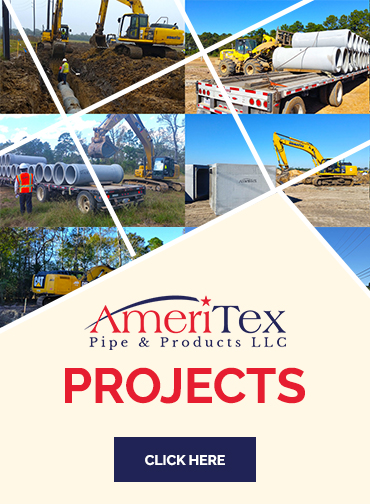What are the concrete culvert installation methods?
Posted on July 11, 2022
Many concrete culvert installation methods are used in projects – whether big or small. However, several different ways can be used to install a concrete pipe, each with its own distinct pros and cons.
In this article, we’ll explore some of these methods, so you can better choose which installation method is best for your project.
What Is a Concrete Culvert, and What Is It Used for?
A concrete culvert is an underground tunnel that carries water across roads, streams, and other obstacles.
Concrete culverts prevent flooding, erosion, and water from flowing into the ground or air. They do this by allowing water to flow through them but keeping it from leaving their system.
Concrete culverts also come in handy when building new roads or bridges over rivers because they can help reduce erosion caused by large amounts of precipitation during storms seasonally throughout the year.
It is durable, can withstand high loads without crumbling under pressure, and provides structural support underneath bridges, no matter how strong winds blow across countryside roads.
Learn how to calculate the right concrete mix for your culvert
What Are the Concrete Culvert Installation Methods?
Concrete culvert pipes are installed using one of three methods: open-bottom box culverts, corrugated steel pipe, or rib and block slabs. These concrete culvert installation methods offer a range of cost, durability, and design options.
Open-bottom box culverts are simple to install but require more time than other types because they must be filled with water before closing off at the end of their run.
Corrugated steel pipes are similar in that they require filling but don’t require any further work after installation. The only thing left for you to do is seal up around your pipe once it has been installed (or if you prefer an alternative method).
Depending on the space between two walls, ribs and block slabs may need additional work after installation. However, these types aren’t as expensive as others because they’re made from recycled materials rather than new ones, from scratch!
Tips for Installing a Culvert
The following are the culvert installation guidelines:
- Excavate around the culvert area. If installing a round galvanized steel culvert, you need to mark the center of your excavation area.
- Dig the trench or cutoff and prepare the bedding.
- Place the culvert into the ditch.
- Backfill each side of the pipe culvert with dirt.
- Place gravel over and around the pipe culvert- this can be done by hand or using a conveyor belt. Once you have completed this step, check to see that the angles are still correct and that there are no dips in any areas of the backfilled gravel.
- Test-drive with a farm tractor through the pipe culvert opening-this will help to compact earth and gravel around the pipe culvert.
- Remove excess dirt and gravel from test-driving around the pipe culvert project.
Looking for more resources on how to install culverts? Read on how to install a concrete culvert pipe
Which Culvert Install Option Is Best for You?
There are many ways of culvert pipe installation. Different methods may be more appropriate, depending on your specific needs and the environment where it will be installed. Choosing a plan that will provide adequate protection for cars and other vehicles while still allowing water to flow through freely is essential.
Don’t forget to also consider the time and cost of each installation method, so you can decide which one best fits your budget and the time you have to invest.
If you want to learn more about your options or how much they might cost, contact us today!


